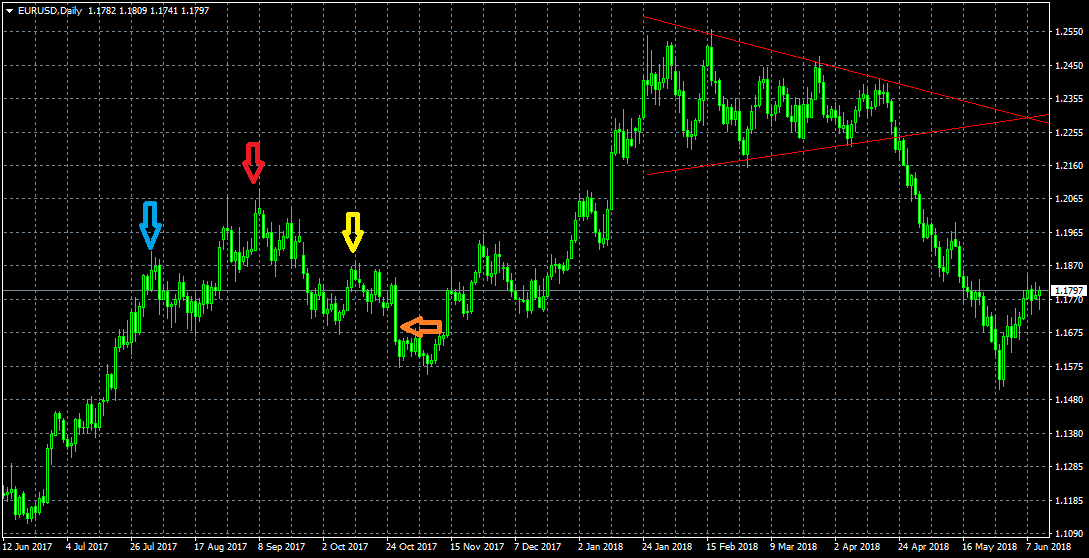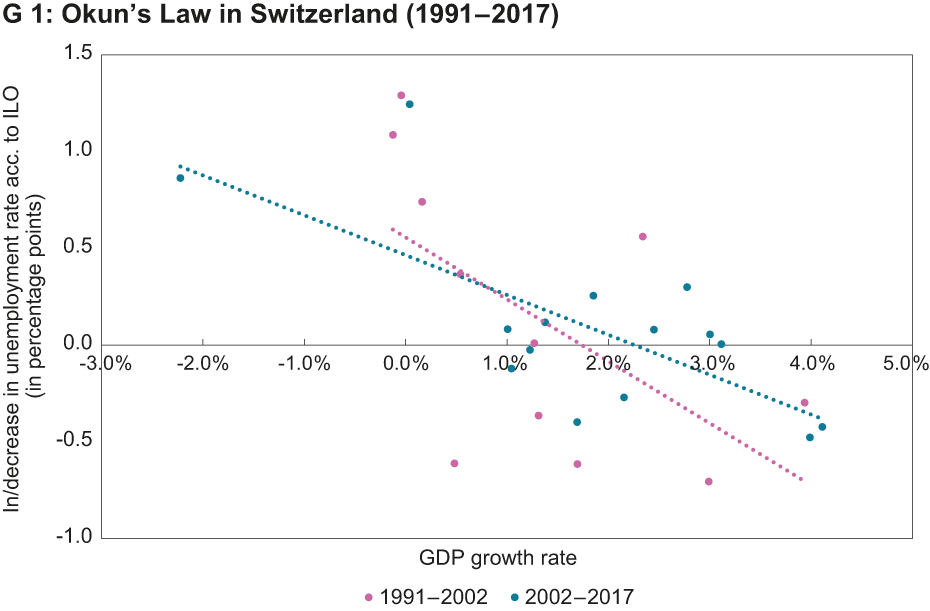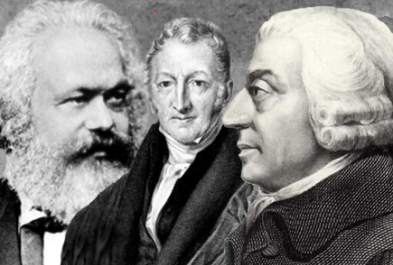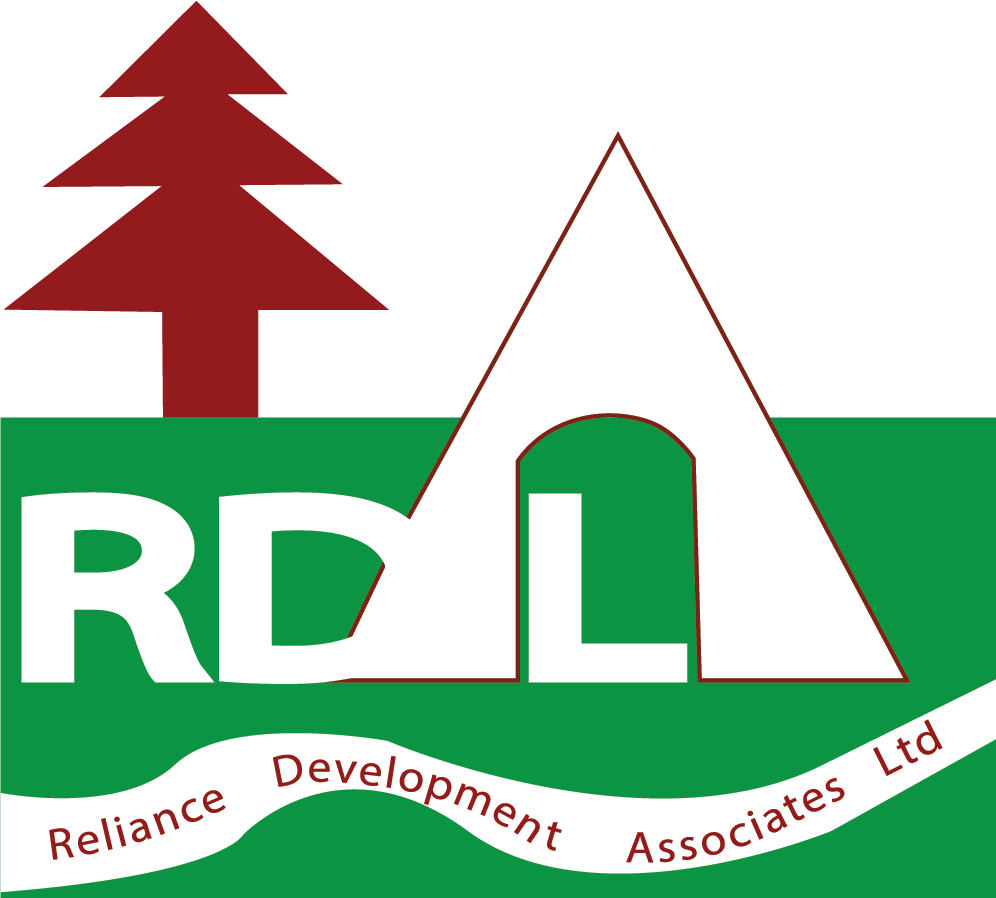
The class returned is identical to the usual model result class except that information about inference (standard errors, t-stats, etc) is not available. Try to fit a GARCH(3,2) model using the best fit arima model parametersand plot the ACF and PACF of the squared residuals to observe the autocorrelation of the squared residuals. This article provides an overview of two time-series model(s) — ARCH and GARCH. These models are exclusively used in the finance industry as many asset prices are conditional heteroskedastic. In practice, this means that volatility or variance tends to cluster, which is useful to investors when considering the risk of holding an asset over different time periods. The ARCH concept was developed by economist Robert F. Engle III in the 1980s.
Clarks Enters the Void…Again: NatureX NXE Trainer – ARCH-USA – https://arch-usa.com/
Clarks Enters the Void…Again: NatureX NXE Trainer – ARCH-USA.
Posted: Mon, 31 Jul 2023 14:18:54 GMT [source]
In practice, this can be used to model the expected variance on the residuals after another autoregressive model has been used, such as an ARMA or similar. If this change in the variance can be correlated over time, then it can be modeled using an autoregressive process, such as ARCH. Our 3D models come with a variety of features such as real-time rendering capabilities, support for multiple platforms, textures, materials, and lighting effects. Additionally, all models are compatible with popular 3D applications such as 3ds Max, Maya, and Blender. Our models are also ideal for virtual reality and augmented reality applications.
Archmodels vol. 262
The standardized residuals can be computed by dividing the residuals by the conditional volatility. These are plotted along with the (unstandardized, but scaled) residuals. The non-standardized residuals are more peaked in the center indicating that the distribution is somewhat more heavy tailed than that of the standardized residuals. Plotting the standardized residuals and the conditional volatility shows some large (in magnitude) errors, even when standardized. In some circumstances, fixed rather than estimated parameters might be of interest.

The autoregressive conditional heteroskedasticity (ARCH) model concerns time series with time-varying heteroskedasticity, where variance is conditional on the information existing at a given point in time. If the variance of the errors is not constant, this would be known as heteroscedasticity. A time series exhibiting conditional heteroscedasticity or autocorrelation in the squared series is said to have autoregressive conditional heteroscedastic -ARCH) Effects. Autoregressive conditional heteroskedasticity (ARCH) is a statistical model used to analyze volatility in time series in order to forecast future volatility. In the financial world, ARCH modeling is used to estimate risk by providing a model of volatility that more closely resembles real markets. ARCH modeling shows that periods of high volatility are followed by more high volatility and periods of low volatility are followed by more low volatility.
Student’s T Errors¶
We transitioned from the filtering models
to the more sophisticated ARMA world for time series levels. The next example uses West Texas Intermediate Crude data from FRED. The results are printed, where we can see that the normal has a much lower log-likelihood than either the Standard Student’s T or the arch model Standardized Skew Student’s T – however, these two are fairly close. The closeness of the T and the Skew T indicate that returns are not heavily skewed. All mean models are initialized with constant variance and normal errors. For ARX models, the lags argument specifies the lags to include in the model.
- In this article, you discovered the ARCH and GARCH models for predicting the variance of a time series.
- The optional inputs iter controls the frequency of output form the optimizer, and disp controls whether convergence information is returned.
- A time series exhibiting conditional heteroscedasticity or autocorrelation in the squared series is said to have autoregressive conditional heteroscedastic -ARCH) Effects.
- Saving the initial state allows it to be restored later so that the simulation can be run with the same random values.
Examples include conditional increases and decreases in the variance. Bollerslev (1986, Journal of Econometrics) generalized Engle’s ARCH model and introduced the GARCH model. Since we can only tell whether the ARCH model is appropriate or not by squaring the residuals and examining the correlogram, we also need to ensure that the mean of the residuals is zero. The ARCHModels.jl package offers a variety of ARCH-model simulation, estimation, and forecasting tools. Your data will be automatically processed, including the form of profiling.11.
Archmodels vol. 266
The call to arch changes the distribution from a Normal to a Students’s T. Plot() can be used to quickly visualize the standardized residuals and conditional volatility. The optional inputs iter controls the frequency of output form the optimizer, and disp controls whether convergence information is returned. The results class returned offers direct access to the estimated parameters and related quantities, as well as a summary of the estimation results. If ARCH effect is present in the returns, we will estimate ARCH and GARCH model using rugarch() package. We say that ϵ(t) is an autoregressive conditional heteroskedastic model of order unity, denoted by ARCH(1).

ARCH models could also recognize and forecast beyond the volatility clusters that are seen in the market during periods of financial crisis or other black swan events. For example, volatility for the S&P 500 was unusually low for an extended period during the bull market from 2003 to 2007, before spiking to record levels during the market correction of 2008. This uneven and extreme variation is difficult for standard-deviation-based models to deal with.
Archmodels vol. 263
When the Ljung-box test is done on the squared residual of the ARCH model, there is still serial correlation. We can double check present of auto-correlation in square returns by apply Ljung-Box test on square returns. Robert F. Engle III, an economist, created the ARCH concept in the 1980s.Engle won the 2003 Nobel Memorial Prize in Economic Sciences as a result of ARCH’s instant improvement of financial modelling. Here we are adding moving average term, that is the value of σ² at t, σ²(t), is dependent upon previous σ²(t-j) values.

The autoregressive conditional heteroskedasticity (ARCH) model was designed to improve econometric models by replacing assumptions of constant volatility with conditional volatility. Engle and others working on ARCH models recognized that past financial data influences future data—that is the definition of autoregressive. Economists have always known the amount of volatility changes, but they often kept it constant for a given period because they lacked a better option when modeling markets. The ARCH model is appropriate when the error variance in a time series follows an autoregressive (AR) model.
You provide the personal data voluntarily, however they are necessary to conclude the agreement. The refusal of providing such data may result in the refusal of the agreement conclusion. Your personal data shall not be transferred to the third country, nor to the international bodies. The ACF of the series below shows that the series looks to be white noise.
Estimating a GARCH model¶
For many liquid financial assets, a constant mean (or even zero) is adequate. For other series, such as inflation, a more complicated model may be required. These examples make use of Core CPI downloaded from the Federal Reserve Economic Data site. As we can see from the stylized facts, the normal distribution assumption is not true. We will estimate both ARCH and GARCH models with t-distribution innovation. As an alternative to Engle’s ARCH test, you can check for serial dependence (ARCH effects) in a residual series by conducting a Ljung-Box Q-test on the first m lags of the squared residual series.
Untruthful tech: Chatbots prone to making things up – Peace Arch News
Untruthful tech: Chatbots prone to making things up.
Posted: Tue, 01 Aug 2023 14:30:00 GMT [source]
If True, than y is rescaled and the new scale is
reported in the estimation results. Finally the distribution can be changed from the default normal to a standardized Student’s T using the distribution property of a mean model. Volatility processes can be added a a mean model using the volatility property. The arguments iter and disp are used in fit() to suppress estimation output. Financial returns are often heavy tailed, and a Student’s T distribution is a simple method to capture this feature.
In most cases, a GARCH(1,1) model is sufficient to capture the clustering of volatility in the data, and seldom is a higher order model estimated or even considered in academic finance literature. It makes more sense to compute the Engle (1982) test for ARCH effects before estimating a GARCH-type model to ensure that this class of models is appropriate for the data. Figures 14.3, 14.4, and 14.5 show a few versions of the GARCH model. Predictions can be obtained using the function ugarchboot() from the package ugarch.
Archmodels vol. 259
The Quadratic GARCH (QGARCH) model by Sentana (1995) is used to model asymmetric effects of positive and negative shocks. Exponentially weighted moving average (EWMA) is an alternative model in a separate class of exponential smoothing models. This requires constructing a model from components where the RandomState instance is passed into to the distribution when the model is created.
- Flag indicating whether to automatically rescale data if the scale
of the data is likely to produce convergence issues when estimating
model parameters. - Archmodels are a popular type of architecture model created by Evermotion.
- In practice, this means that volatility or variance tends to cluster, which is useful to investors when considering the risk of holding an asset over different time periods.
- 3D models can also be used to create realistic renderings of structures before they are built, allowing clients to visualize the project and make any changes before construction begins.
- The autoregressive conditional heteroskedasticity (ARCH) model concerns time series with time-varying heteroskedasticity, where variance is conditional on the information existing at a given point in time.
This helps save time, money, and resources that would otherwise be wasted if changes were made after the fact. Architecture 3D models can be purchased online from Evermotion in a variety of formats. We offer a range of archmodels to choose from, including archmodels list, archmodel packs, arch3D models, and architecture projects. Each model includes high-resolution textures, materials, and light settings that can be used to create stunning visuals. Additionally, all our models are available in multiple formats and can be easily adapted to different types of projects. Archmodels are a popular type of architecture model created by Evermotion.
The ARCH or GARCH models, which are used to model and predict volatility, are the most widely used non-linear financial models. The cell below contains code that builds a model with a constant mean, GJR-GARCH volatility and Skew \(t\) errors initialized with a user-provided RandomState. Saving the initial state allows it to be restored later so that the simulation can be run with the same random values. In this article, you discovered the ARCH and GARCH models for predicting the variance of a time series. ARCH(p) model is simply an AR(p) model applied to the variance of a time series. ARCH provided a model that economists could use instead of a constant or average for volatility.
